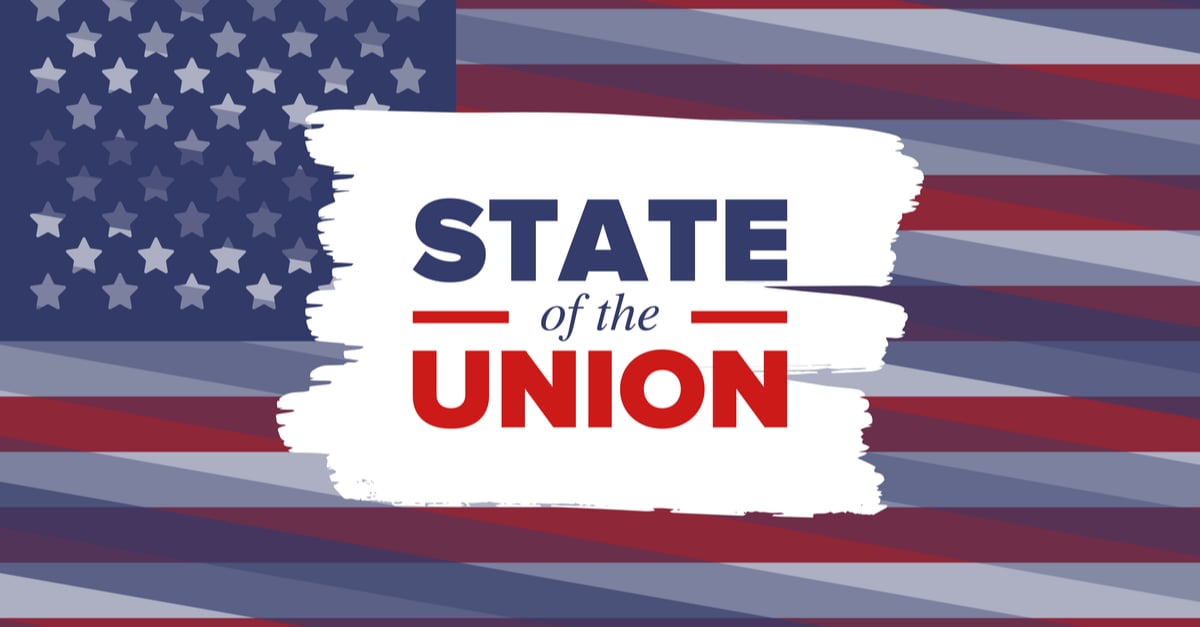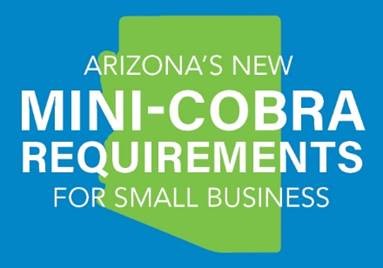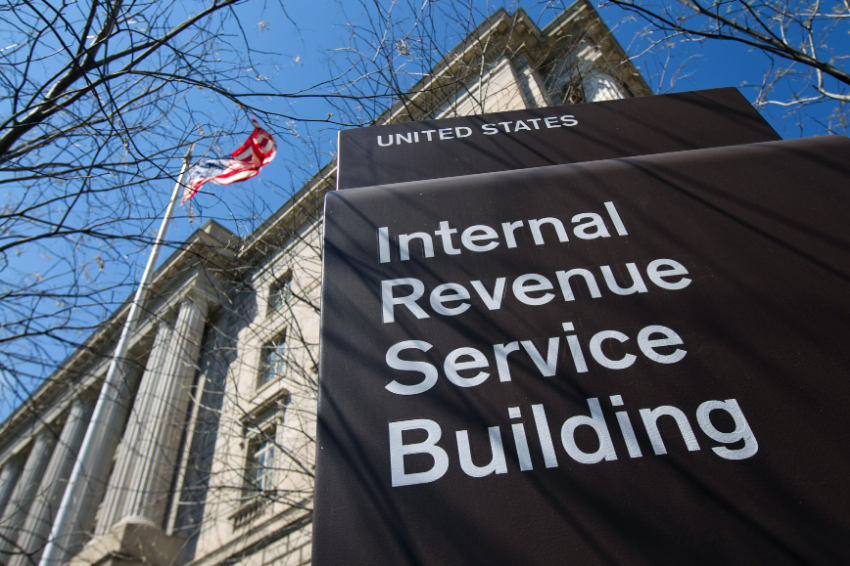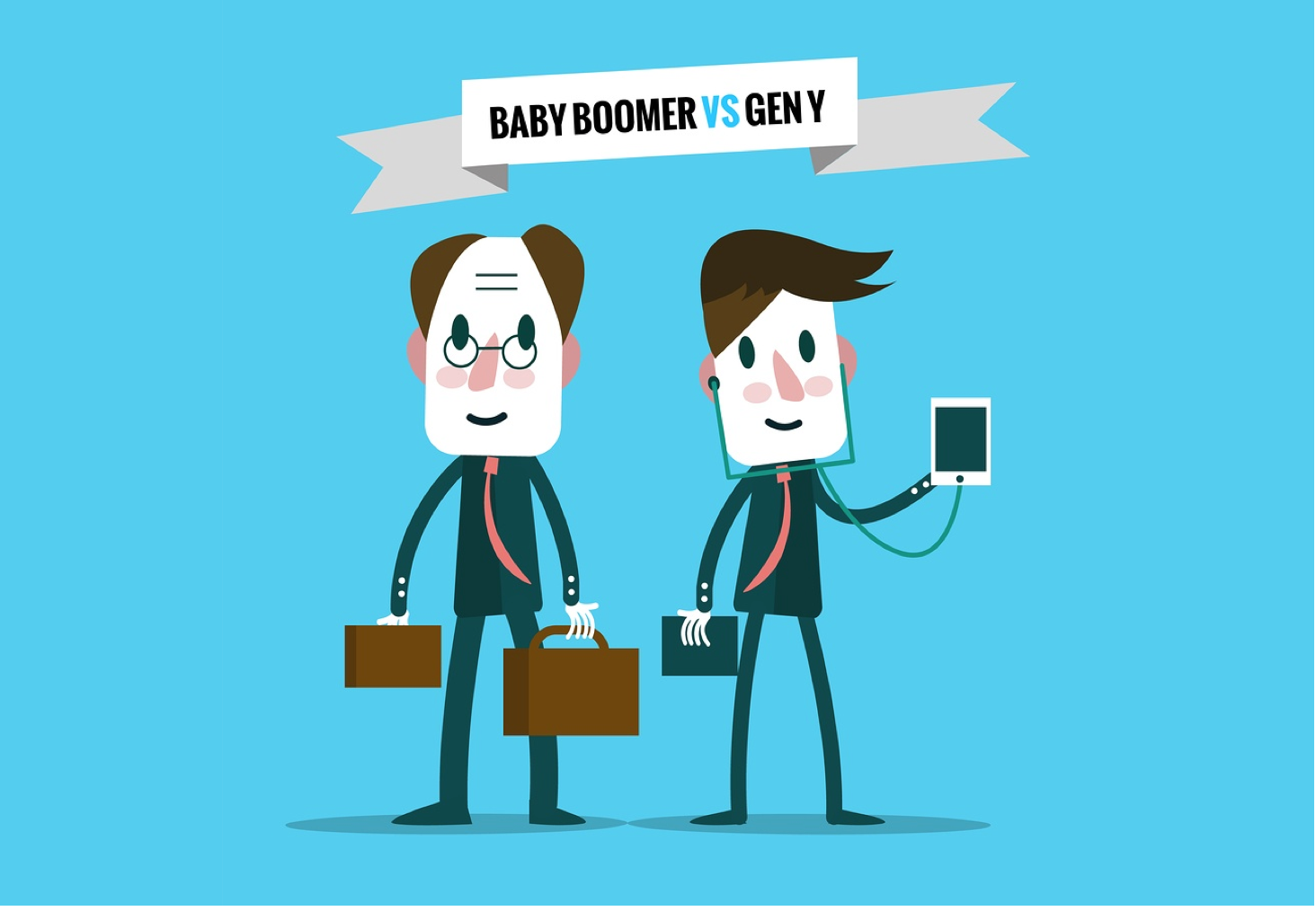Last week, President Donald Trump delivered the 2019 State of the Union Address (SOTU). The SOTU is an annual message delivered by the president to a joint session of Congress at the beginning of each year.
At this year’s SOTU, President Trump discussed issues that have the potential to impact the employee benefits industry, as well as employers offering healthcare and benefits to their employees. The issues he discussed included pre-existing conditions, lower prescription drug prices, and nationwide paid family leave.
While the SOTU is just a speech, often times packed with lofty aspirations, it does sometimes lead to policy. Here is a recap of what was addressed:
Pre-existing Condition Protection
In a departure from 2018 Department of Justice actions, President Trump announced in the address that people who have pre-existing conditions should receive protections. If the administration holds true to this goal, they will likely find cross-aisle support, as pre-existing condition patient protection was a key campaign issue in the midterm elections.




